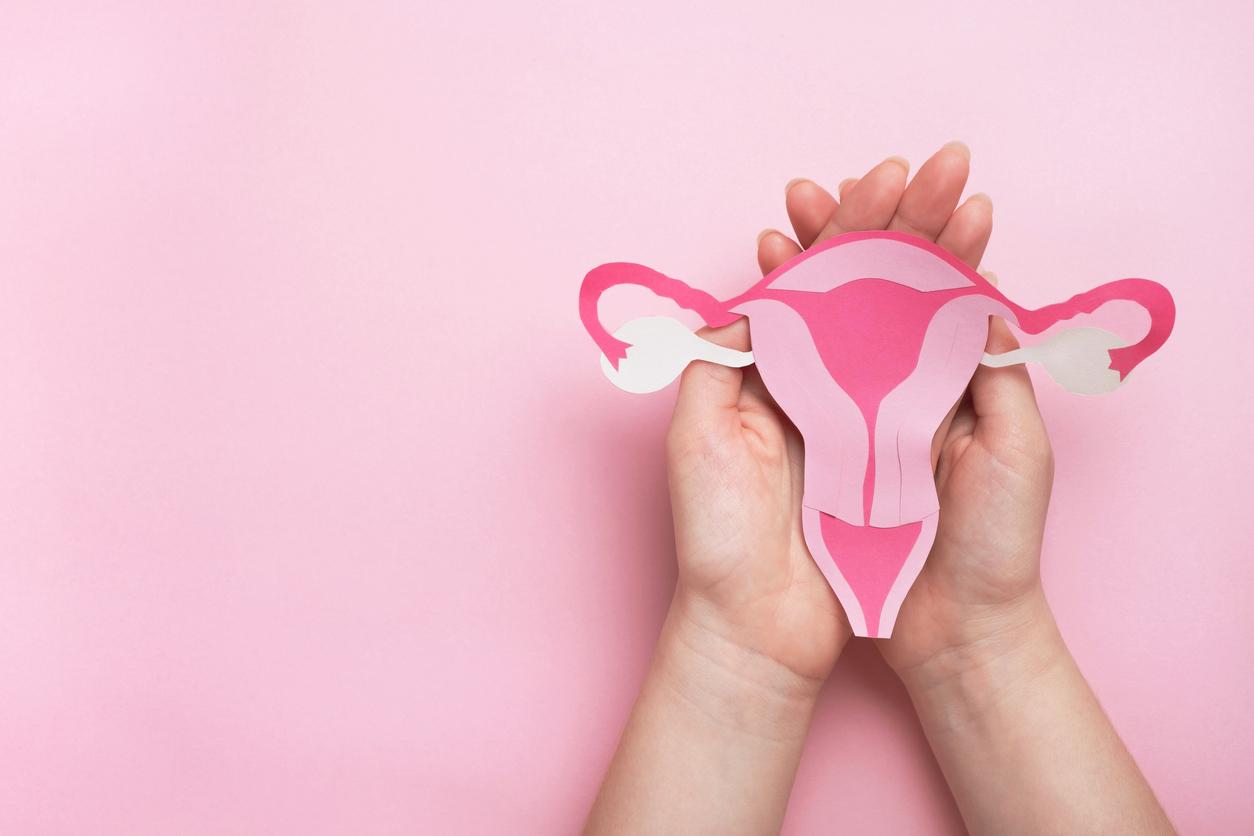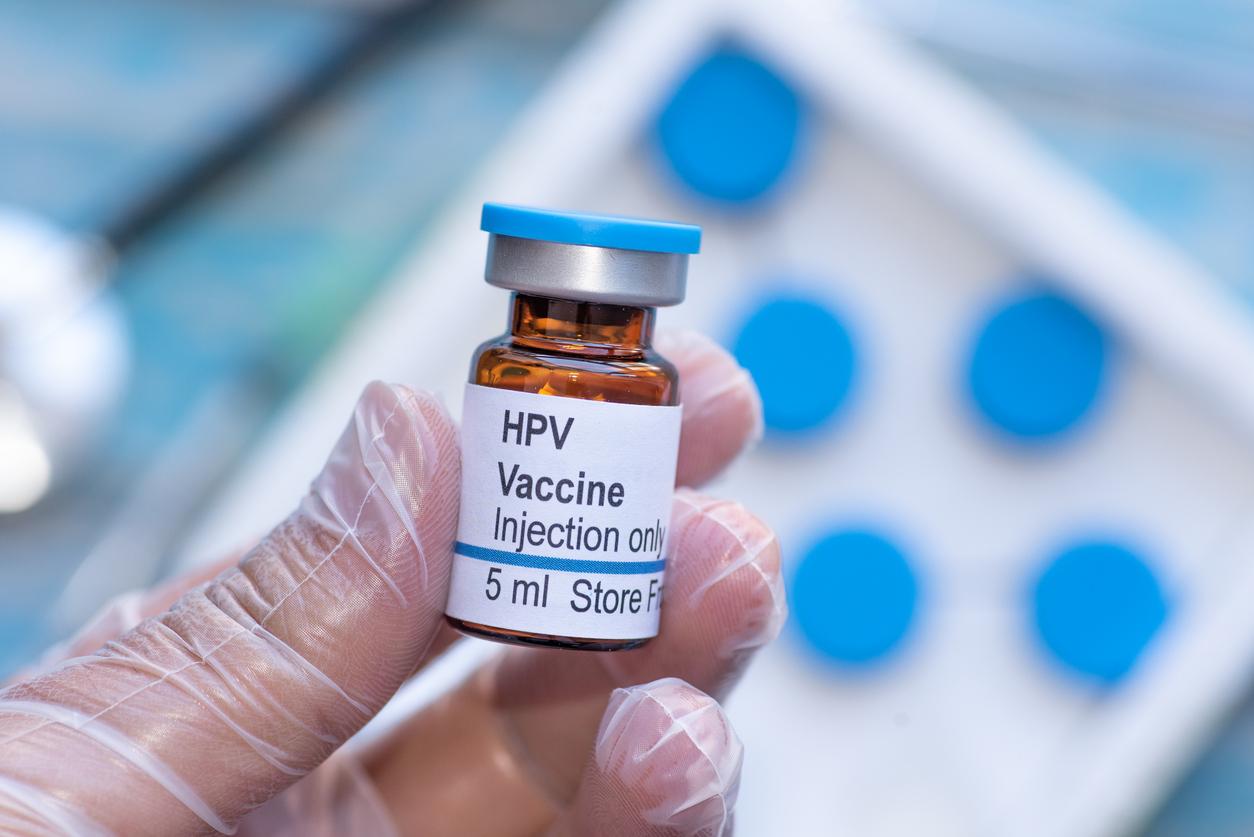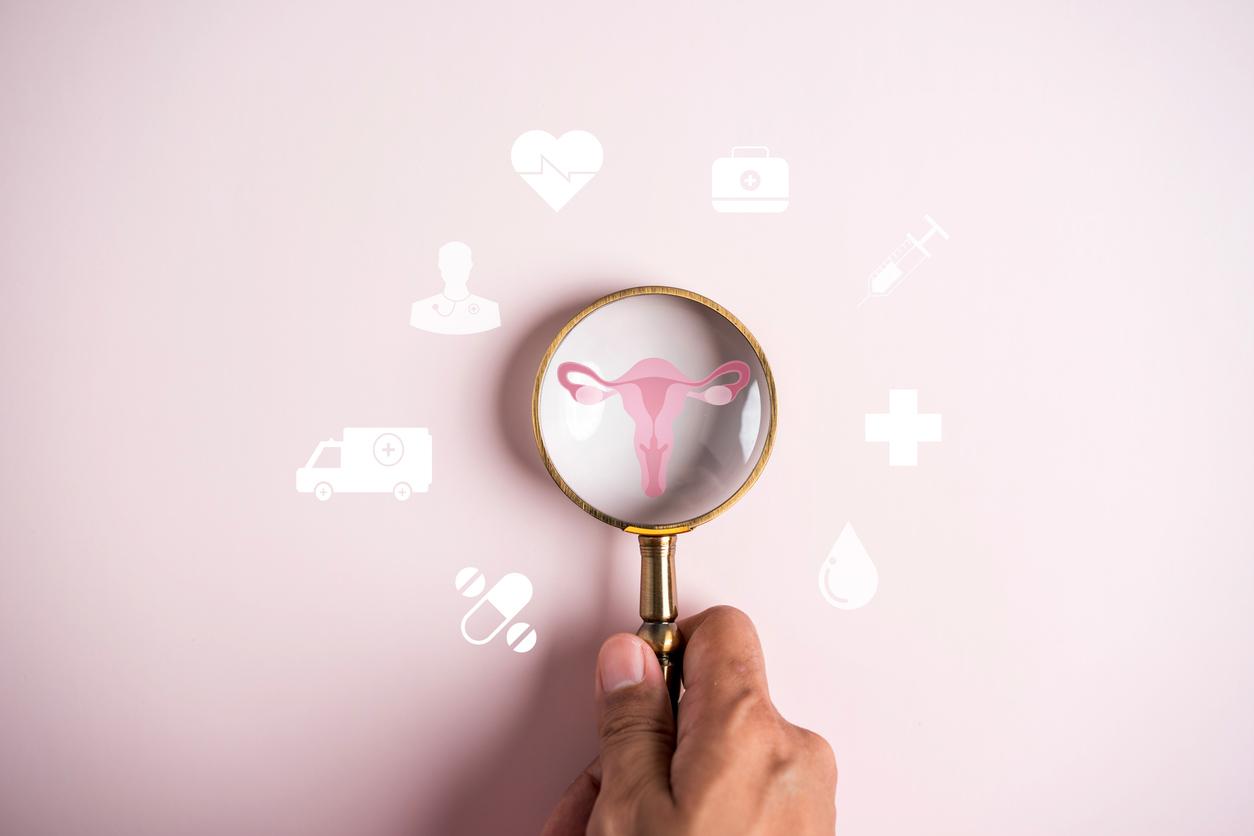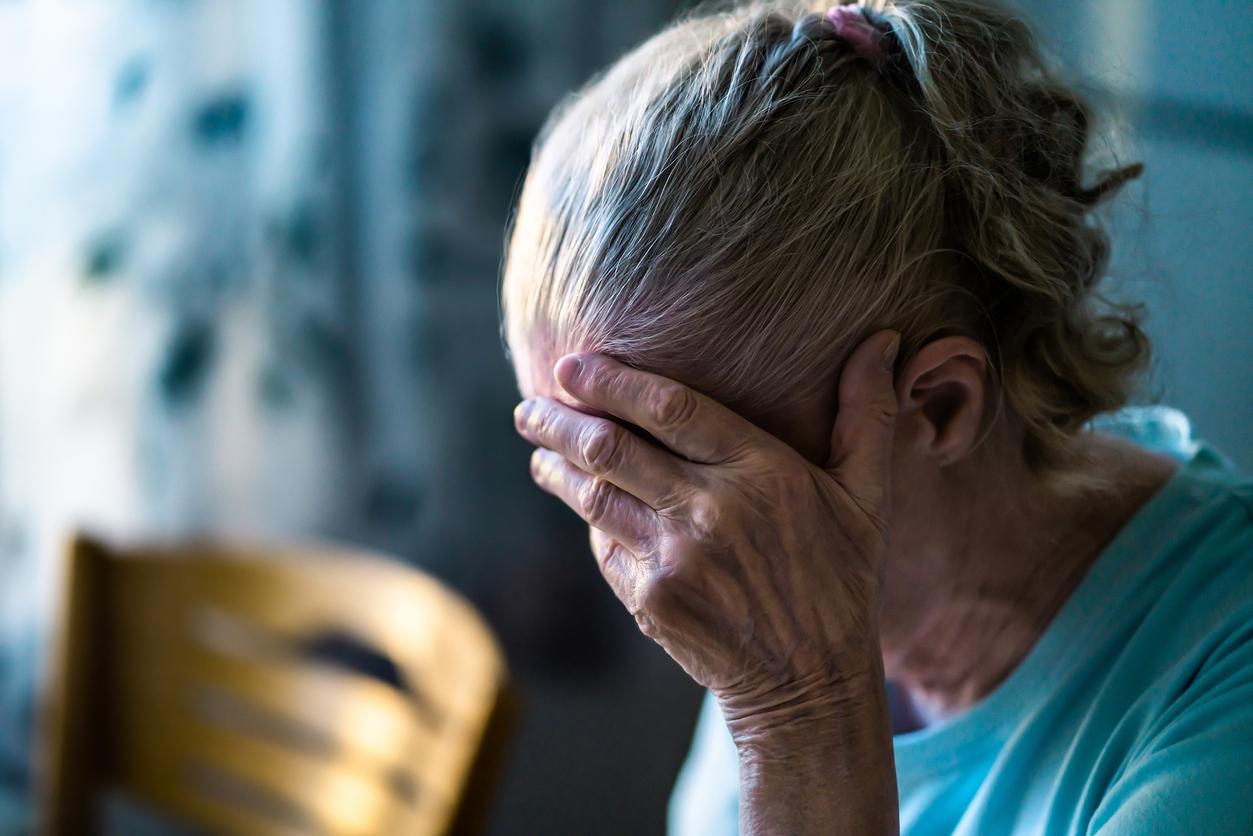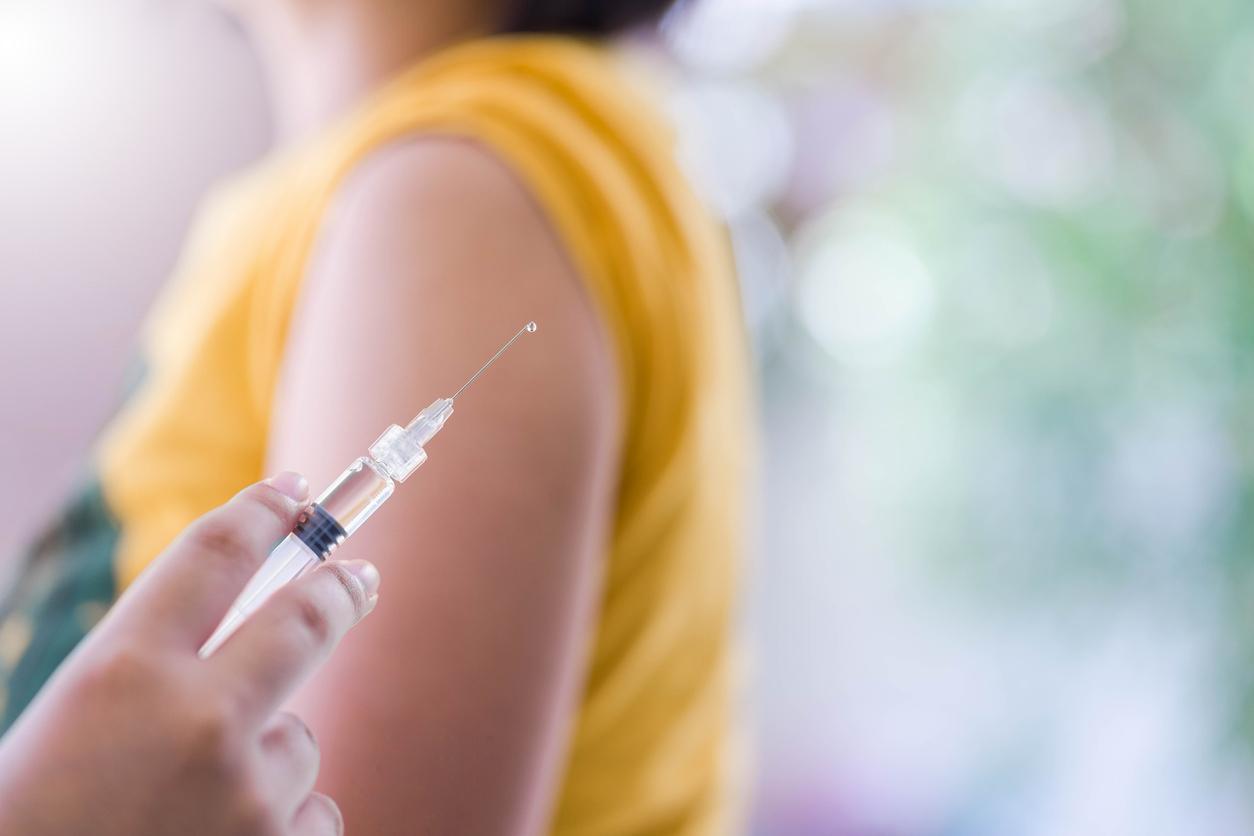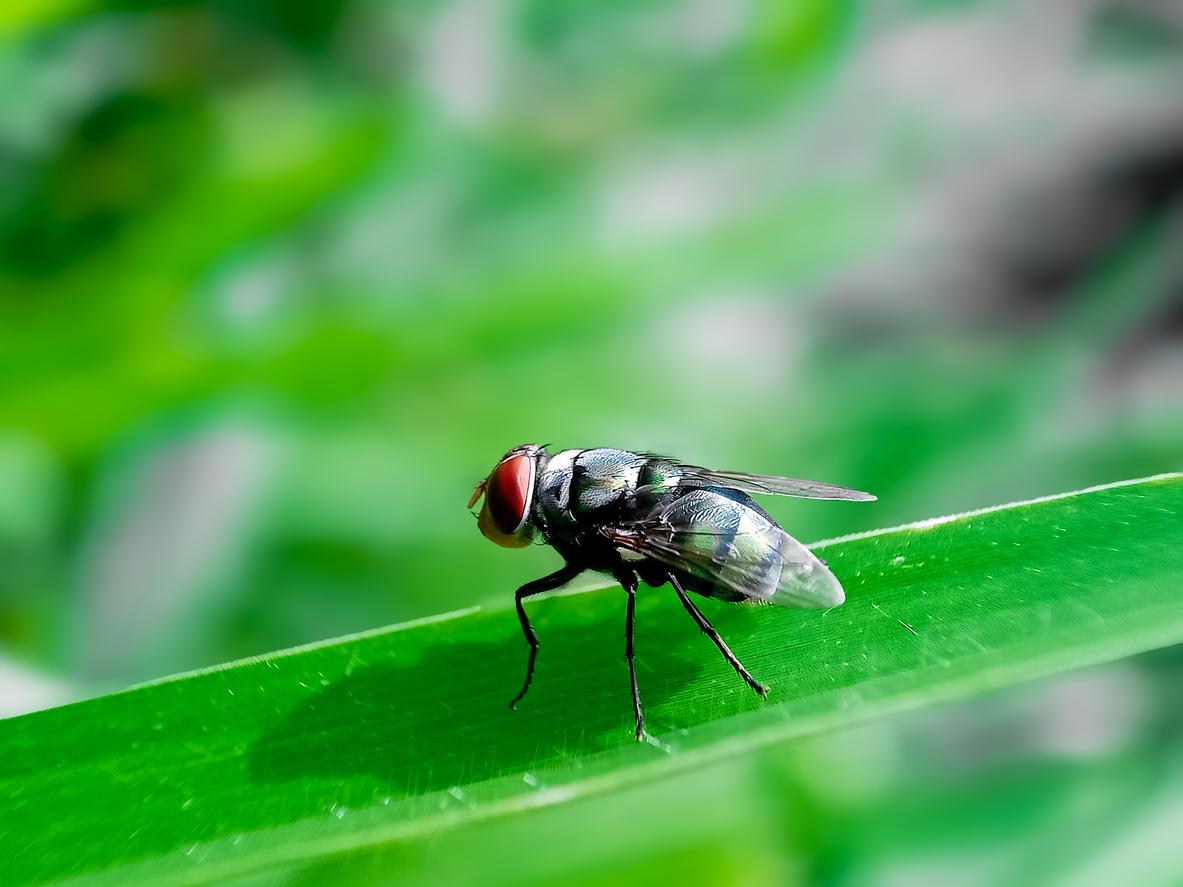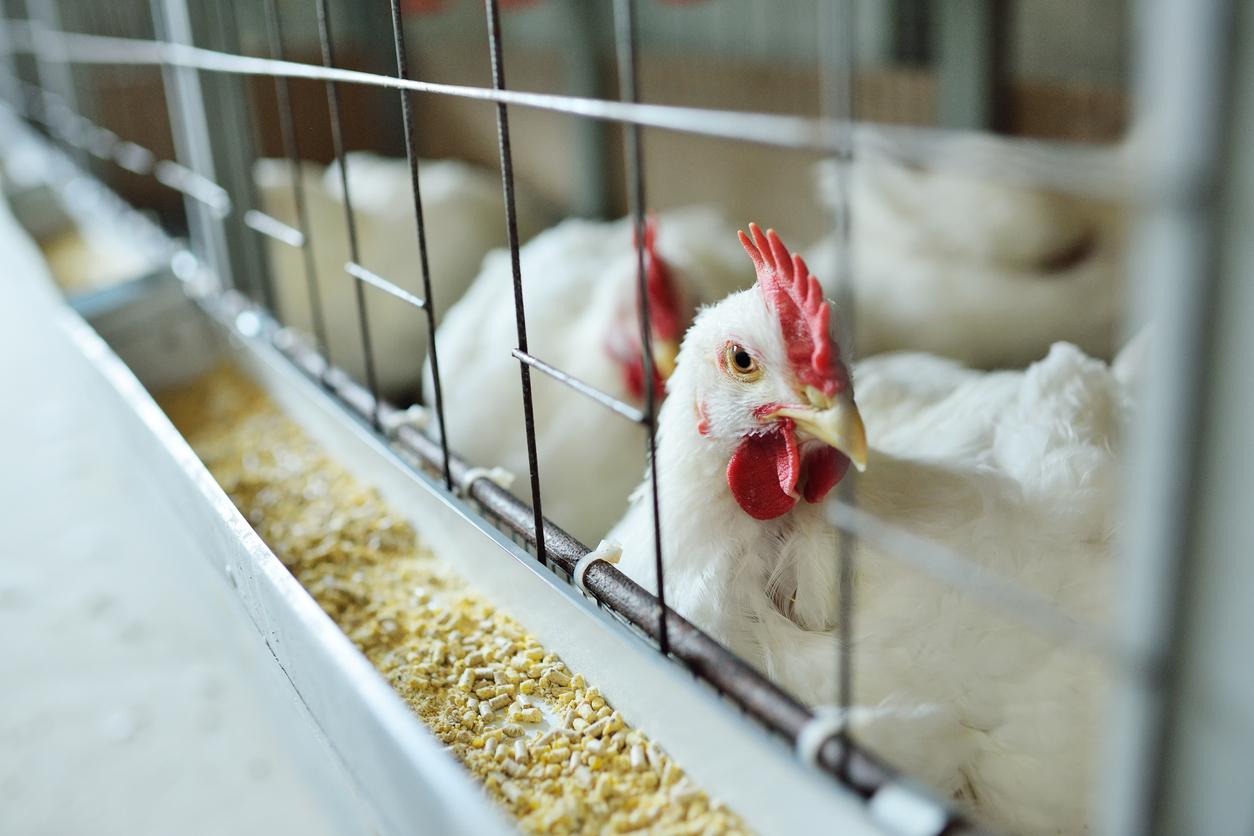Among American women aged 14 to 19, the prevalence of human papillomavirus infections fell from 11.5% in 2003-2006 to 5.1% in 2007-2010, a decrease of 56%.

When vaccination pays off! The number of young girls aged 14 to 19 in the United States suffering from sexually transmitted infections due to papillomaviruses (Hpv) has fallen sharply since a vaccine against these viruses was put on the market in 2006. It is this. as revealed by a study by the Centers for Diseases Control and Prevention (Cdc).
Researchers have in fact compared the prevalence of Hpv targeted by vaccines (HPV-6, -11, -16 and -18) over the periods 2003-2006 and 2006-2010. Doctors had cervico-vaginal samples from 4,150 women between the ages of 14-59, taken as part of the National Health Examination Survey.
For the post-vaccination period, 4,253 samples could be analyzed. According to the results collected, the prevalence of the four HPV targeted by vaccination among women aged 14-19 fell from 11.5% in 2003-06 to 5.1% in 2007-2010, a decrease of 56%. “More important than expected,” comment the authors.
The only downside is that in the other age groups analyzed, the prevalence did not change significantly between the two periods. These very encouraging figures make Tom Frieden, the director of the Cdc, say that “these results must constitute a warning signal to improve vaccination coverage”.
Because, even if since 2006, vaccination against Hpv is recommended in the United States in young girls of 11-12 years, with a possible catch between 13 and 26 years, the vaccine still embarrasses Americans. While in 2008, 40% of parents surveyed declared that they refused to have their daughter vaccinated against Hpv, in 2010, this percentage rose to 44%. “It is in the other direction that the percentage should evolve”, declared one of the persons in charge of research, Robert Jacobson, pediatrician at the Mayo Clinic.
Vaccination suspended in Japan
But this point of view is not shared by everyone. The Japanese Ministry of Health has just suspended its recommendations for vaccination against Hpv. Even ifThis is an interim measure, the health authorities want to collect more epidemiological data on the side effects of the two authorized vaccines. The ministry now encourages young girls and their families to weigh the benefits and risks of this immunization before resorting to it. Japanese specialists are particularly interested in a series of cases of diffuse and inexplicable painful manifestations observed after the vaccine injection.
Advanced age in France
To protect young girls from the papillomavirus, the High Committee of Public Health recommends in France to advance from 14 to 11 years the age of vaccination. In December 2012, specialists had even launched an appeal in this direction. However, in the field, vaccination against cervical cancer and other diseases caused by Hpv viruses declined in 2010 and 2011. Vaccination coverage for one dose fell by almost four points in one year. among girls, rising from 39.4% in 2010 to 35.8 the following year. “This low rate could compromise the obtaining of group immunity,” said the High Council.
.









